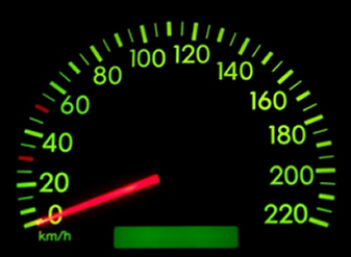What is the Past-Due Balance Method?
The past-due balance method is a system for calculating interest charges based on loan or credit balances not paid prior to a specified due date.
How Does the Past-Due Balance Method Work?
The past-due balance method for computing interest on credit card charges and certain types of loans comprises a grace period during which no interest is charged if repaid in full. Remaining balances accrue interest beyond the termination of this grace period.
For instance, if someone's credit card balance is $50 at the beginning of a 30-day grace period, the cardholder will only have to pay a total of $50 provided that the charge is repaid in its entirety before the end of the 30-day grace period. If the holder repays $40 of the $50 during the grace period with a $10 remainder beyond the 30 days, interest will begin accrue on the $10.
Why Does the Past-Due Balance Method Matter?
The past due balance method is advantageous for the borrower, because it allows him time to repay what he borrowed with no interest burden -- effectively giving him a free loan. Lenders employ the past-due balance method on the suspicion that they will profit from borrowers' inability or unwillingness to fully repay a loan during the specified grace period. In this respect, lenders bear the risk that a high volume of clients will repay during the grace period, leaving them with little interest to show for funds loaned.



